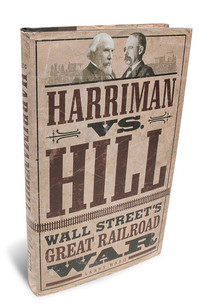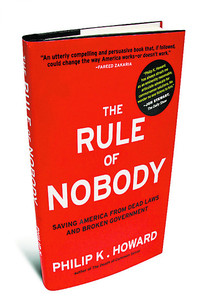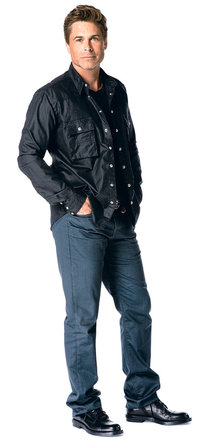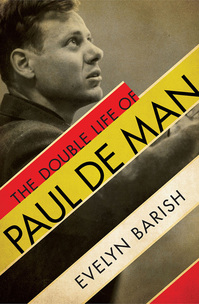(p. 104) The willingness of Edison to turn his laboratory into a public theater had succeeded, only too well. When he appeared, a shout, “There is Edison!” rang out, causing a surge of bodies in his direction. One report claimed that the crowds “more than once threatened to break down the timbers of the building,” a statement that may not have been hyperbole; the lab assistants were convinced that collapse was possible and hurried outside, bolstering the floor supports below with telegraph poles and lumber. Where the realm of science ended and that of entertainment began could no longer be distinguished, judging by the printed condemnation of the behavior of a minority of the visitors who “cared nothing for science, who regarded the laboratory as they would a circus.”
In the laboratory itself, the lights were arranged on a table to resemble a miniature layout of Menlo Park, and Edison had assigned assistants on all four sides to look out for sabotage. Their vigilance was needed that day, as one man was caught applying a jumper wire that ran under his clothes and down both sleeves, deliberately short-circuiting four of the lights. He turned out to be an electrician employed by the Baltimore Gas Company and was marched out, with language ringing in his ears “that made the recording angels jump for their typewriters,” Edison later recalled.
Source:
Stross, Randall E. The Wizard of Menlo Park: How Thomas Alva Edison Invented the Modern World. New York: Crown Publishers, 2007.






